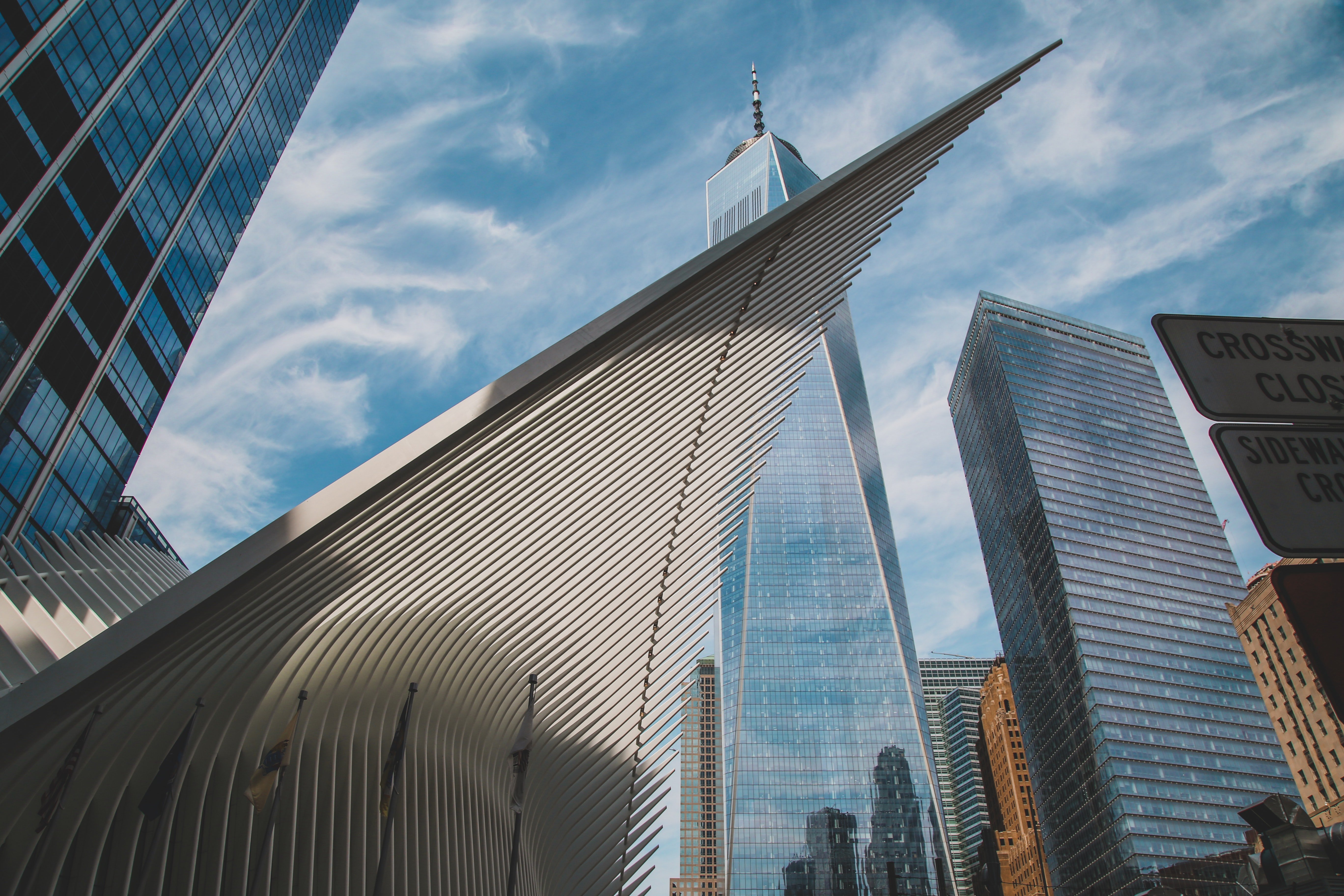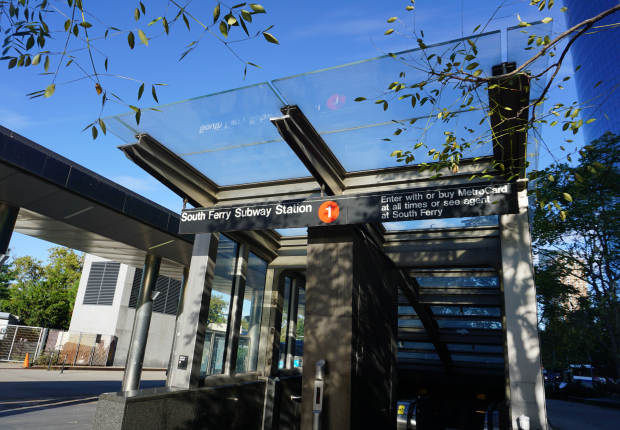Lung Cancer
9/11 Lung Cancer Compensation Claims
Lung cancer is one of the most common 9/11 cancer types diagnosed in first responders, survivors, residents, and workers in lower Manhattan. The 9/11 attorneys at Hansen & Rosasco, LLP have represented hundreds of clients suffering from lung cancer in claims filed with the September 11th Victim Compensation Fund (VCF).
Our office recently won a $2.1 million death claim award for the family of a police officer who died of 9/11-related lung cancer. Unfortunate stories such as these strengthen Hansen & Rosasco’s resolve to continue our advocacy for the 9/11 community, leaving us ever more determined to represent cancer claims related to the aftermath of the terrorist attacks.
Medical care and treatment and monetary compensation are available under the James Zadroga 9/11 Health and Compensation Act of 2010 (now the “Never Forget the Heroes Act”) which established two programs:
- The World Trade Center Health Program (WTCHP) provides no-cost medical monitoring and treatment for certified 9/11-related health conditions, including over 68 types of cancer, for those exposed to dust and toxic air by the 9/11 attacks in New York, the Pentagon, and in Shanksville, Pennsylvania.
- The September 11th Victim Compensation Fund (VCF) awards monetary compensation to any individual, or representative of a deceased individual, who suffered physical harm or was killed as a result of the attacks or the subsequent debris removal efforts.
The Link Between 9/11 and Lung Cancer
A toxic cloud of dust settled over Manhattan in the aftermath of the September 11, 2001 terrorist attacks, leaving cancer-causing air particles and contaminants that lingered over lower Manhattan for up to 9 months after 9/11. Researchers have confirmed hundreds of different deadly carcinogens combined with burning jet fuel that were released into the air, many of which persisted through May 30, 2002.
It quickly became clear that returning downtown Manhattan workers, downtown residents, and students, along with 9/11 first responders, clean-up crews, rescue and recovery workers, would be the second wave of victims of the attacks, developing cancers and other lung diseases from breathing in the toxic particles. In the years that followed, a third round of victims emerged from the general population, which included residents and employees – Downtown Manhattan residents and Lower Manhattan office employees and workers – who have since been diagnosed with lung cancer. Over twenty years later, victims of the 9/11 attack are still being identified.
Types of Lung Cancer
There are three main types of lung cancer that impact 9/11 victims. It is important to know which type of lung cancer you have because it affects your prognosis and the treatment options available to you.
The main types of lung cancer are:
- Non-small cell lung cancer (NSCLC) – The most common type of lung cancer, about 85% of lung cancers are non-small cell. Squamous cell carcinoma, adenocarcinoma, and large cell carcinoma are all subtypes of non-small cell lung cancer.
- Small cell lung cancer (SCLC) – Also called “oat cell cancer,” approximately 10%-to-15% of lung cancers are small cell.
- Lung carcinoid tumor– Fewer than 5% of lung cancers are this type, which are also referred to as “lung neuroendocrine tumors.”
This year, an estimated 221,200 people in the United States will be diagnosed with lung cancer, and 158,040 will die from the disease. Lung cancer is the second most commonly diagnosed form of cancer and the leading cause of cancer-related death among both men and women in the United States.
The treatment of lung cancer typically includes surgery, chemotherapy, and radiation therapy. In recent years, new drugs, treatments, and immunotherapies have been developed to treat lung cancer and are being used with increasing success. Immunotherapy helps the body’s own immune system recognize and attack cancer cells. It is being used to treat non-small cell lung cancer and has been shown to improve survival rates in some patients. Radiofrequency ablation uses high-energy radio waves to heat and destroy cancer cells and is used for tumors near the outer edges of the lungs.
The prognosis of lung cancer varies depending on the subtype of cancer and the stage of the disease, as well as the patient’s age and health. Below are some key statistics, but keep in mind these statistics are only estimates.
- The five-year survival rate for all stages of lung cancer is 22.9%.
- For NSCLC, the overall five-year survival rate is 26%.
- For localized NSCLC – meaning it has not spread outside the lungs – the five-year survival rate is higher at 63%.
- For regional NSCLC – cancer that has spread outside the lungs – the five-year survival rate is closer to 35%
- For SCLC the over five-year survival rate is 7%.
- For localized SCLC, the five-year survival rate is 27%.
- For regional SCLC, the five-year survival rate is 16%.

Lung Cancer Treatment options through the WTC Health Program
The WTCHP provides services, including medical care and treatment, to individuals that were either 9/11 first responders (police, fire, utility, construction, volunteers) or 9/11 Survivors (downtown Manhattan professionals and office workers, residents, students) who meet activity, location, time period, and minimum hour requirements. Lung cancer treatment for first responders and survivors has improved tremendously in the recent past. Surgeries are less invasive, and as a result, healing is much quicker. Top cancer specialty hospitals like Memorial Sloan Kettering Medical Center are saving 9/11 lung cancer victims every day. Of course, you always have the option of staying with your current healthcare team.
How to Know if You Qualify for a 9/11 Victim Compensation Fund (VCF) Award for Lung Cancer
Eligibility requirements for a 9/11 lung cancer VCF award are as follows:
- First, you must have your lung cancer diagnosis “certified” by the World Trade Center Health Program. Hansen & Rosasco can help you with a WTC Health Program application.
- Register with the VCF by the deadline (varies based on your individual circumstances).
- Submit claim by October 1, 2090.
- Dismiss, withdraw, and/or settle any 9/11-related lawsuits by the appropriate deadline.
- Demonstrate that you have a 9/11-related physical injury or condition that is certified for treatment by the WTCHP or, in some circumstances, that you have a physical injury or condition that was treated and verified by a private physician as 9/11-related through the VCF’s Private Physician Process.
- Show that you were present at one of the attack sites, within the designated 9/11 New York City Exposure Zone (see map link), or along the routes of debris removal at some point during the period beginning on September 11, 2001 and ending May 30, 2002.
- If you received an award from the original 9/11 VCF that operated from 2001-2004 (VCF1), you must demonstrate that your VCF1 eligible injury or condition has substantially worsened, or that you have a new physical injury or condition which you had not suffered at the time of the VCF1 claim filing or which was not compensable at the time of VCF1; and that you have not already been fully compensated for your losses.
If you are filing a claim on the victim’s behalf, you must show that you have the legal authority to do so as a “Personal Representative”.
How to know if you qualify for a 9/11 Victim Compensation Fund (VCF) Award for Lung Cancer?
Eligibility requirements for a 9/11 lung cancer VCF award are as follows:
First, you must have your lung cancer diagnosis “certified” by the World Trade Center Health Program. Hansen & Rosasco can help you with a WTC Health Program application.
Register with the VCF by the deadline (varies based on your individual circumstances).
Submit claim by October 1, 2090.
Dismiss, withdraw, and/or settle any 9/11-related lawsuits by the appropriate deadline.
Demonstrate that you have a 9/11-related physical injury or condition that is certified for treatment by the WTCHP or, in some circumstances, that you have a physical injury or condition that was treated and verified by a private physician as 9/11-related through the VCF’s Private Physician Process.
Show that you were present at one of the attack sites, within the designated 9/11 New York City Exposure Zone (see map link), or along the routes of debris removal at some point during the period beginning on September 11, 2001 and ending May 30, 2002.
If you received an award from the original 9/11 VCF that operated from 2001-2004 (VCF1), you must demonstrate that your VCF1 eligible injury or condition has substantially worsened, or that you have a new physical injury or condition which you had not suffered at the time of the VCF1 claim filing or which was not compensable at the time of VCF1; and that you have not already been fully compensated for your losses.
If you are filing a claim on the victim’s behalf, you must show that you have the legal authority to do so as a “Personal Representative”.
9/11 Experience Counts
Contact the experienced attorneys at Hansen & Rosasco TODAY so we can guide you through the eligibility process so you get the victim compensation and free lifetime healthcare you deserve. Fighting for government benefits can be overwhelming, and even more so when you have a serious illness and when they’re likely tasks you’ve never done before. Our lawyers have been filing claims for 9/11 victims for over 21 years. Unlike some other law firms, we have been supporting the 9/11 community from the beginning and 9/11 claims are all that we do. Let our knowledge and experience help ease that burden for you and your loved ones and ensure your claim is properly filed.
VCF Cancer Payouts for 9/11 Lung Cancer Patients
The average VCF payout for lung cancer claims varies greatly between cases, ranging from $250,000 to several million dollars. This is due to the variation of the effects that lung cancer has on an individual’s life – how much your condition affects your ability to work, your earnings, employment benefits, and out-of-pocket medical expenses, as well as the resulting physical pain and suffering. Given the large range in the award amount for lung cancer claims, it is important that a claim involving lung cancer be properly prepared by an experienced legal team and supported by a documented legal brief, affidavits, and supporting proof.
Non-economic loss is determined by the severity of the condition, and awards for such are usually capped at $250,000 for lung cancer, though exceptions apply for those with health effects due to multiple cancer diagnoses. The top 15 cancers related to 9/11 toxins exposure are non-melanoma skin cancer, prostate cancer, lung/bronchus cancer, breast (both female and male), colon/rectal cancer, bladder cancer, melanoma, lymphoma, thyroid cancer, leukemia,, kidney cancer, multiple myeloma and head and neck cancer.
Those who have lost family members due to 9/11 lung cancer may be entitled to additional compensation of $250,000 for the decedent, and another $100,000 for the spouse and each dependent.
Contact a 9/11 Lawyer To See If You’re Eligible for Lung Cancer Victim Compensation
Each story we hear makes us that much more determined to remove the stress and uncertainty of filing a claim with the Victim Compensation Fund (VCF) from each of our 9/11 victim clients, so they can focus on healing and caring for themselves.
Our 9/11 attorneys understand how difficult it is for someone to hear they’ve been diagnosed with cancer. It is difficult not only for the individual but also for their family. Having an experienced 9/11 attorney guide you through the claim process can help to ease the burden for you and your loved ones and ensure you get all the compensation you deserve.
If you think you may be entitled to compensation, contact the experienced 9/11 attorneys at HANSEN & ROSASCO, LLP at 631-526-7784 for a free consultation today.


